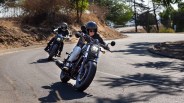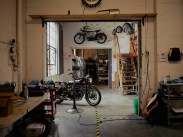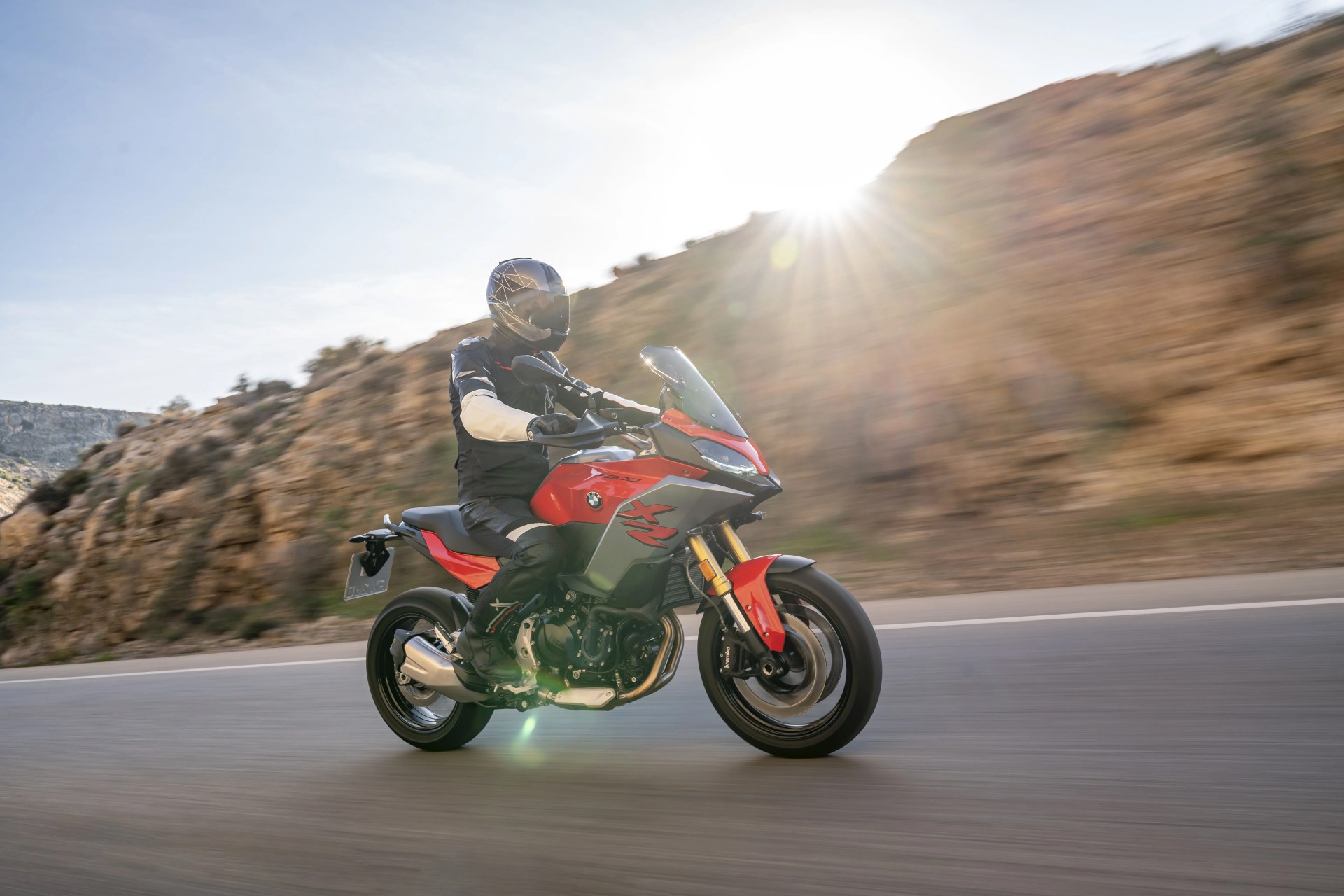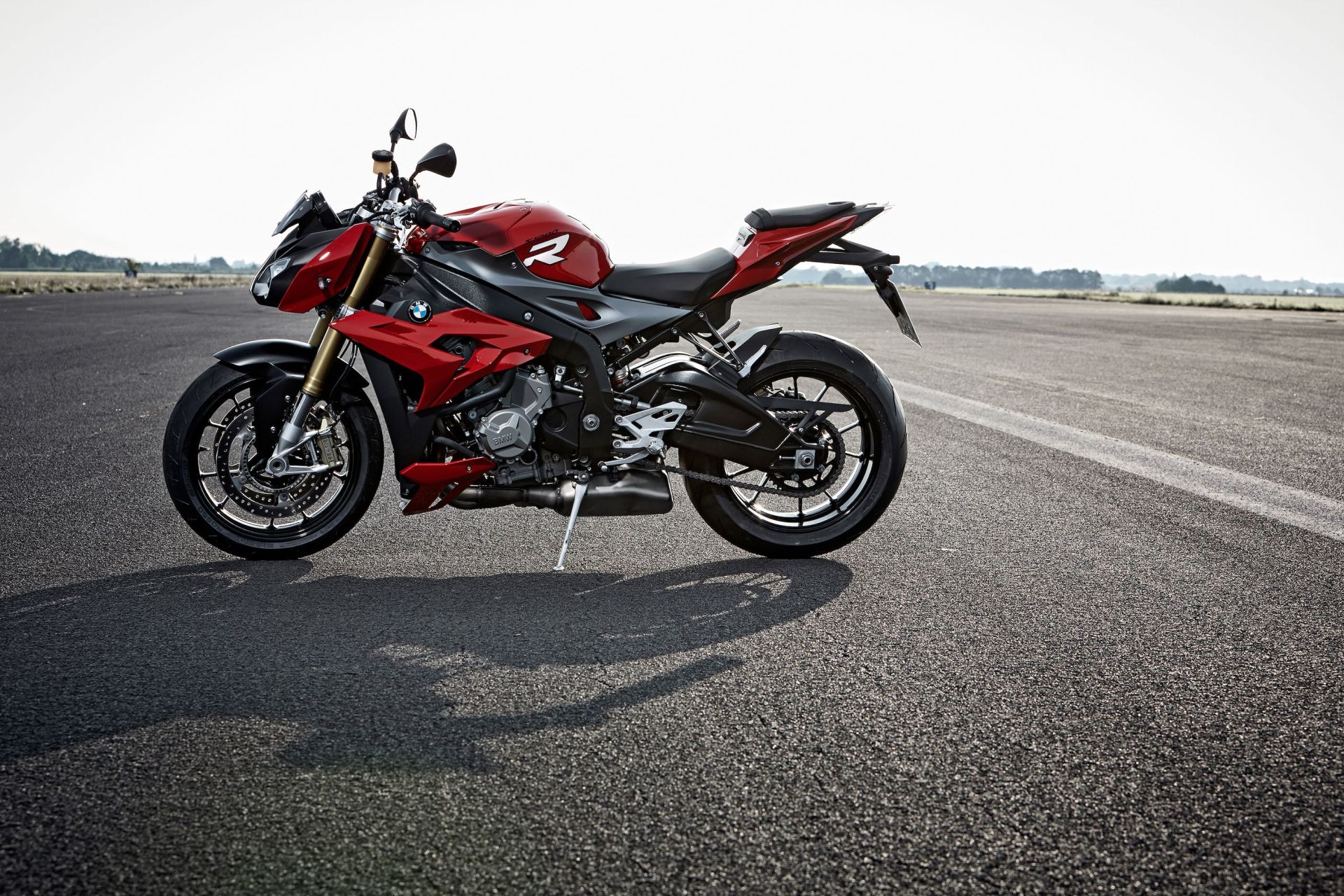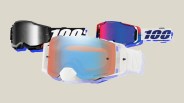Welcome to Brand Breakdown, a series of comprehensive yet easy-to-digest guides to your favorite companies, with insights and information you won’t find on the average About page.
BMW automobiles have long set themselves apart in the crowded luxury marketplace by being driver-oriented machines, offering a dynamic experience behind the wheel while maintaining a high degree of refinement. Products from BMW Motorrad are no different, bringing equal amounts of sportiness, capability and luxury to the table. But just as BMW’s cars have adapted to changing times, so too have BMW’s motorcycles. Constant innovation, with a focus on safety and accessibility, has made its efforts to mint new riders among the most successful in the industry.
Entry-level single-cylinder bikes and scooters seek to bring the joy of riding to urban mobility. Adventure and heritage motorcycles equipped with the brand’s signature boxer engine are instantly recognizable, thanks to the horizontally opposed cylinders. And even those Beemers that don’t bear such obvious marks can still be clearly identified, as all of them wear the iconic blue-and-white roundel on the gas tank.
BMW Motorrad History
BMW stands for “Bavarian Motor Works” (or Bayerische Motoren Werke, in German) and while the company is best known for its cars, its motorcycle engine manufacturing predates its first automobile by nine years.
BMW AG was founded in Munich in 1916 and produced airplane engines during World War I; in 1921, it began building motorcycle engines for other manufacturers before building its first bike, the R32, in 1923. (That R32 was the foundation of BMW motorcycles for decades; its shaft drive was in use until 1994.)
Following World War II, the company was given permission to start building motorcycles again in Western Germany in 1947; however, it had to start from scratch, as all its surviving blueprints and plans were at the facility in Eastern Germany under Soviet control. Following a trademark lawsuit in 1952, motorcycles produced at the Eisenach plant in East Germany wore a red-and-white roundel bearing the name EMW (Eisenacher Motoren Werke) to distance them from BMW. (If you think those bikes are highly sought-after collector’s items these days, you’d be correct.)

